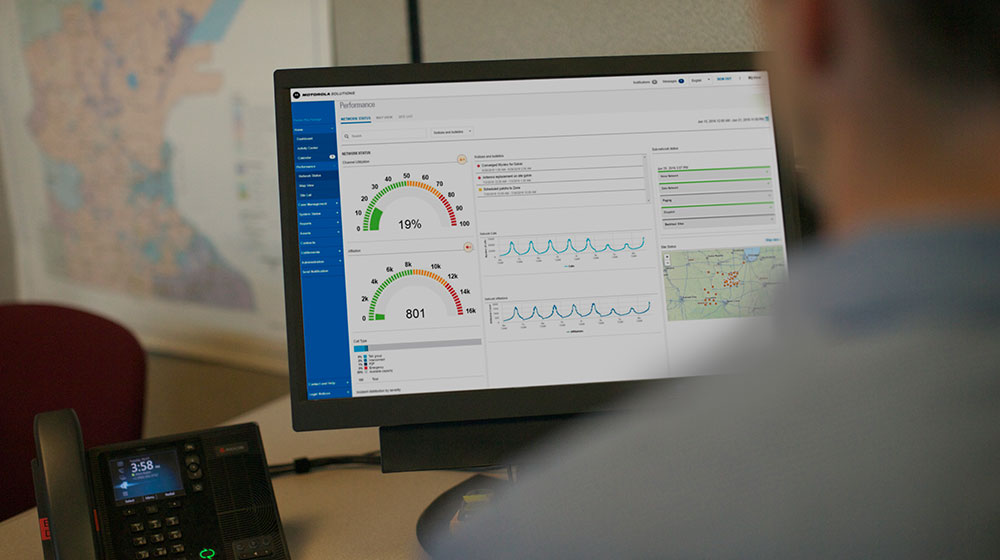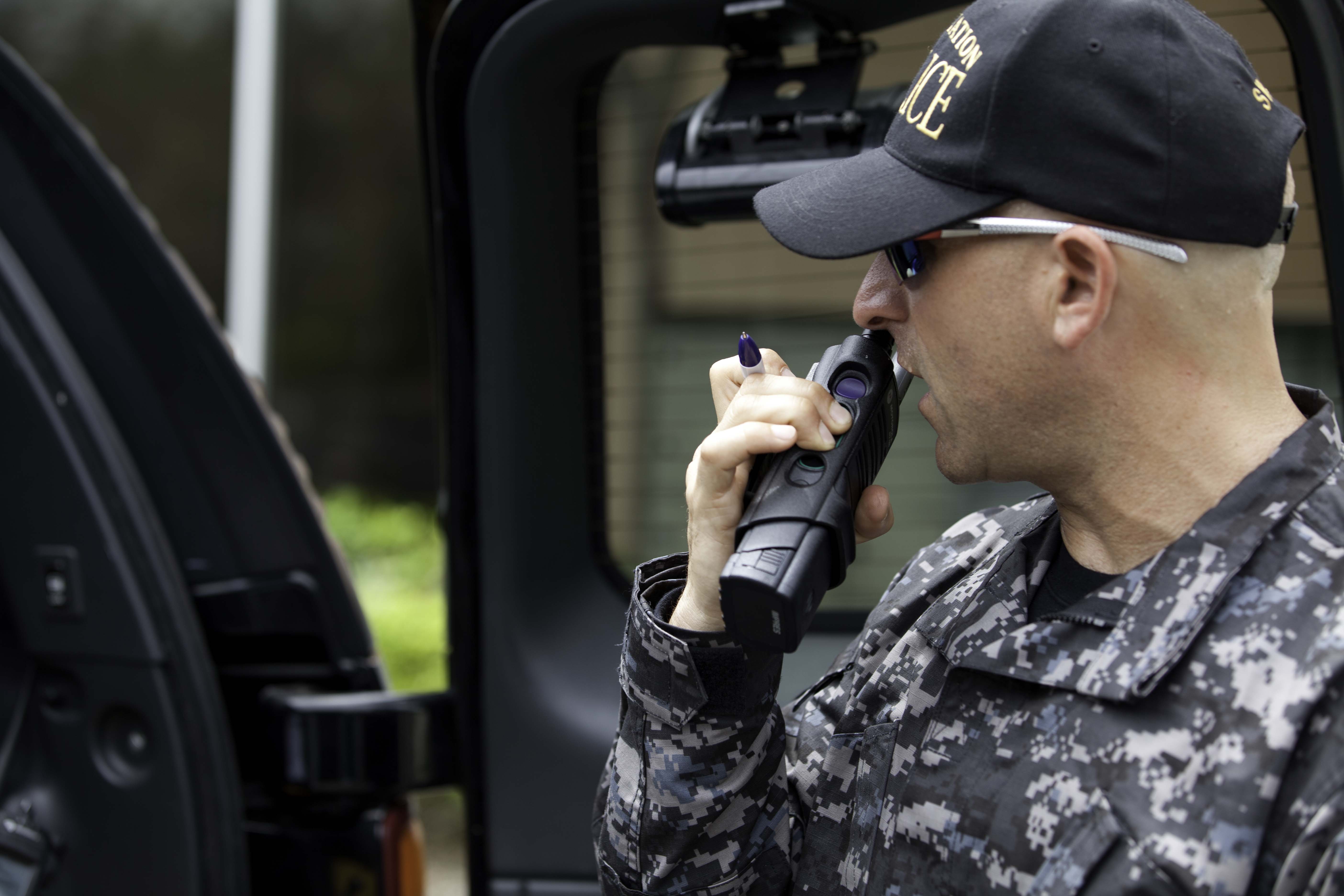After our recent launch of SVX, a revolutionary video remote speaker microphone which converges Motorola Solutions voice and video technology, we sat down with LanTing Garra, senior director of Global Experience Design and Research, to discuss the device in more detail.
LanTing, thank you so much for taking the time to chat with us. To start – what’s the SVX feature you’re most excited about?
Honestly, I can’t wait for our customers to hear the audio quality. What makes SVX so special is that it records dual audio streams simultaneously – one is optimized for on-scene communications, and one is optimized for the ambient audio you’d typically hear in body camera footage. That means agencies can gain more context about an incident when building a case; officers are recording witness interviews and suspect confessions, but they’re also capturing data about when specific information was communicated and when decisions were made.

By recording two audio streams at once, SVX provides better evidential audio for investigators.
I know your team did a lot of customer testing for SVX. Could you tell me a bit more about that?
As this is a class-defining device, we knew it was crucial to get real customer feedback early in the design process. We visited over 30 separate agencies from all over the country, from rural areas to urban centers, and asked over 120 officers to use SVX in scenarios they’d commonly encounter over the course of a normal shift. That includes traffic stops, vehicle searches, domestic violence, and even foot pursuits. We used that feedback to inform the design and workflows for SVX; for example, we originally intended the device to have three buttons on its front face, but we changed to two because officers found it easier to use without looking down that way.

Members of the design and user experience team worked with over 100 individual officers to test SVX in real-world conditions.
Was there anything about those customer meetings that surprised you?
I’ve been with Motorola Solutions for more than 20 years, so I know individual law enforcement officers have pretty specific preferences for their kit – whether they use an earpiece, where they keep their notebook, how they set up their car, and so on. That said, I was pleasantly surprised at just how quickly our customers adapted to SVX. When we interviewed them at the end of their shifts, the vast majority said they’d prefer a converged video RSM to a separate RSM and body camera going forward.
So, SVX is compatible with APX NEXT and APX N70 radios. Why did you choose those radios in particular?
We made that decision very consciously because of one key factor – both APX NEXT and APX N70 radios have these large, intuitive touchscreens which can be used easily with gloves. That means we didn’t need to duplicate the screen on the SVX itself, which frees up valuable real estate for other buttons and functionality.
SVX is a wireless RSM. What was the thought process behind that?
One of the reasons we designed SVX to be wireless is that, as we add more smart applications to APX NEXT and N-series radios, officers will pull those radios out of their carry cases more frequently to check their incident status or their team’s locations. By eliminating the wire from the SVX to the radio, we’re enabling freer movement and less friction for customers when they do that.

Due to the wireless design of SVX, officers can easily unholster their radios in the field.
Another reason we made SVX wireless is because its audio quality is so good, it can actually be worn anywhere on an officer’s torso without compromising either Rx or Tx communications. To facilitate that, and accommodate different uniforms, a wireless design made the most sense.
To keep agencies’ data secure, the Bluetooth connection between an SVX and an APX radio has the highest possible level of security, and 256 bit encryption.
Speaking of security – if SVX is wireless, how did your team ensure it would stay on officers’ vests during foot pursuits?
Good question! First of all, we have some really powerful mounting solutions, including a magnetic heavy jacket mount which is designed specifically for use with thick fabric. We also offer a tether for another level of redundancy, in addition to a standard mount. That’s another reason why our field testing was so important – to confirm that SVX would not only stay on officers’ uniforms during periods of heavy movement, but also capture clear video and audio throughout.
Thanks, LanTing! Final question – if, for some reason, the SVX was separated from its paired APX radio, would it continue to work?
Absolutely. We all know it’s annoying when our Bluetooth headphones disconnect from our phones, but the connectivity between your RSM and radio is mission-critical. And while our mounts and tethers are extremely robust, things can still happen in the field, such as a radio coming unholstered while in an altercation with a suspect. To reflect that, we’ve tested the connectivity rigorously in a variety of real-world conditions; for example we’ve performed over 500k SVX-to-radio transmissions. As such, we know that SVX will remain connected to an APX radio for up to 30ft, which is as much as a three-story building.
In the opposite scenario – when the officer cannot use their SVX, for whatever reason – the officer can simply press a button on their APX radio to disconnect the SVX and route the audio back into the radio.




